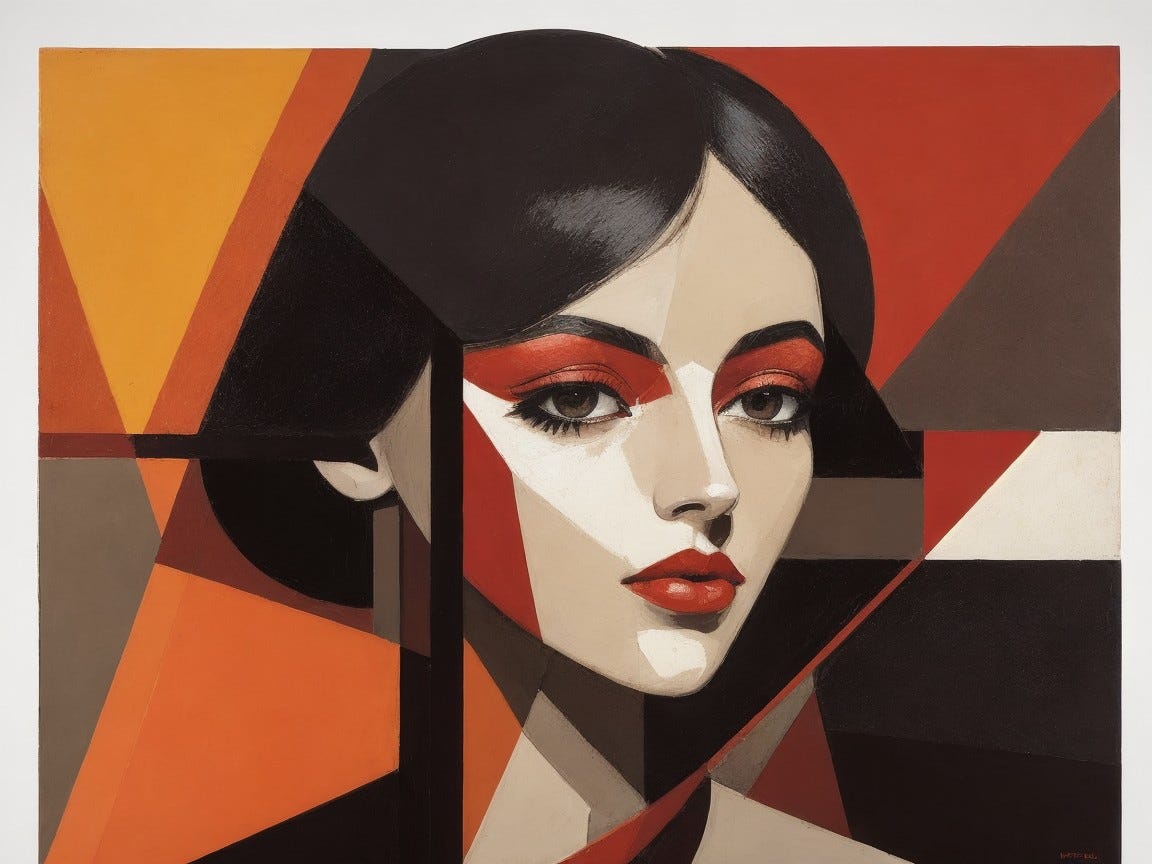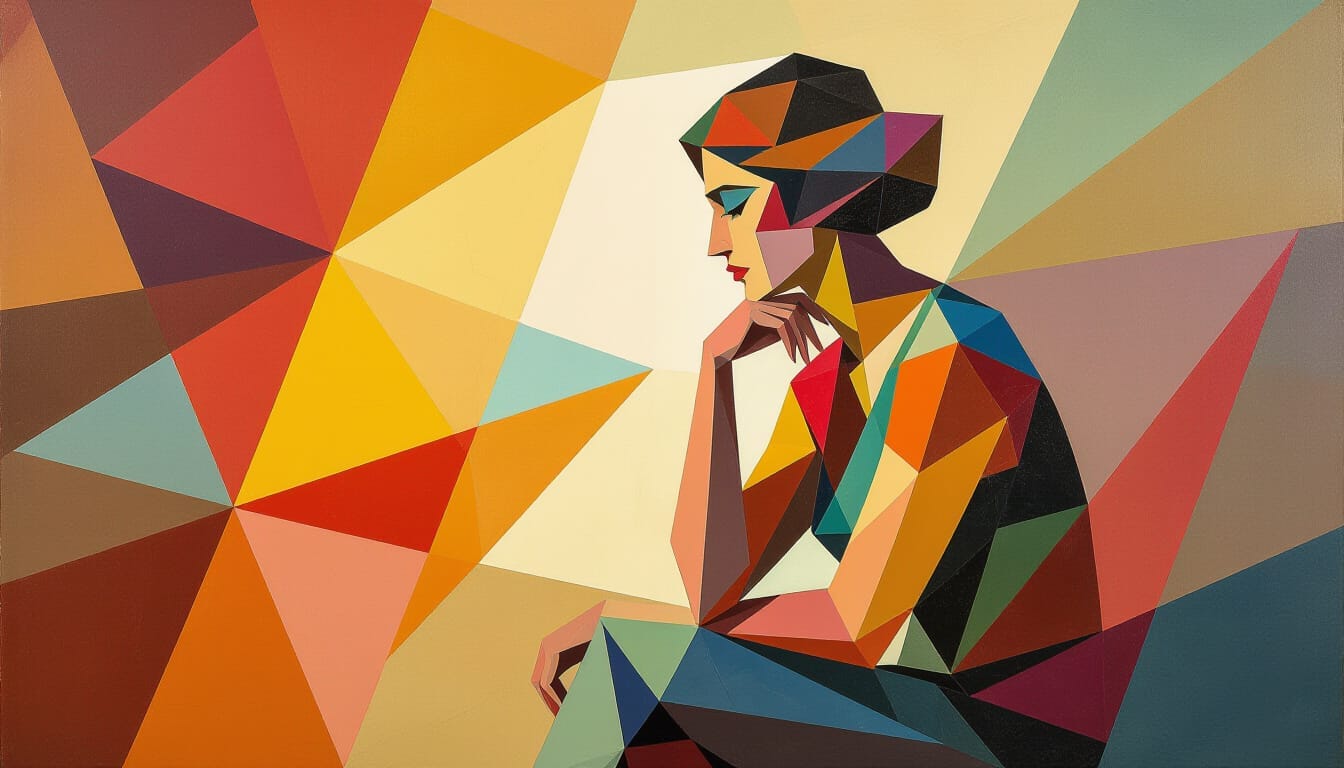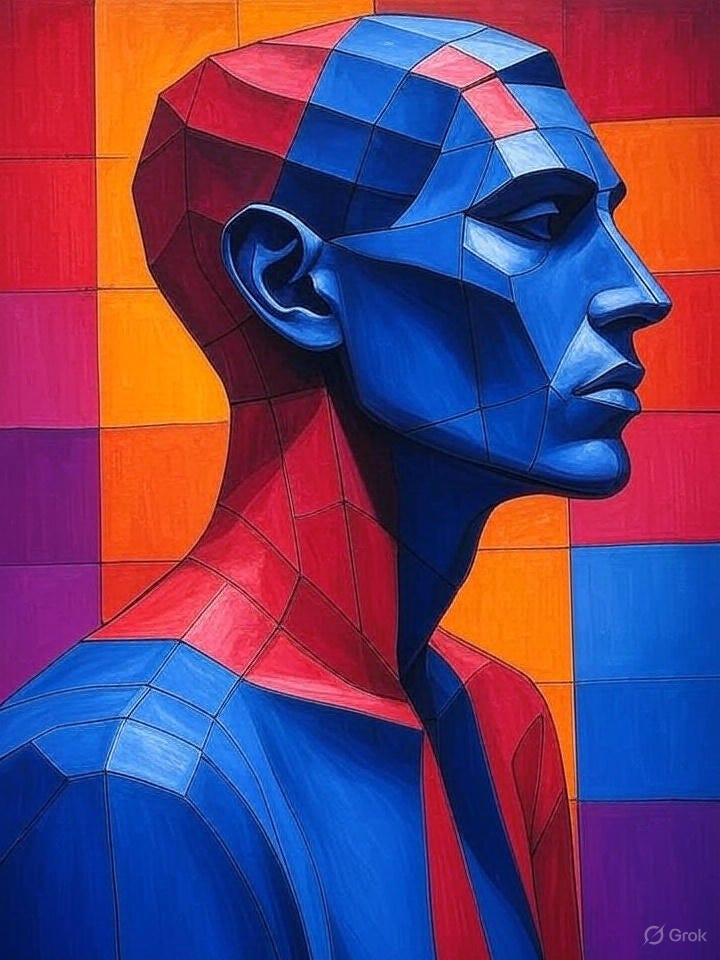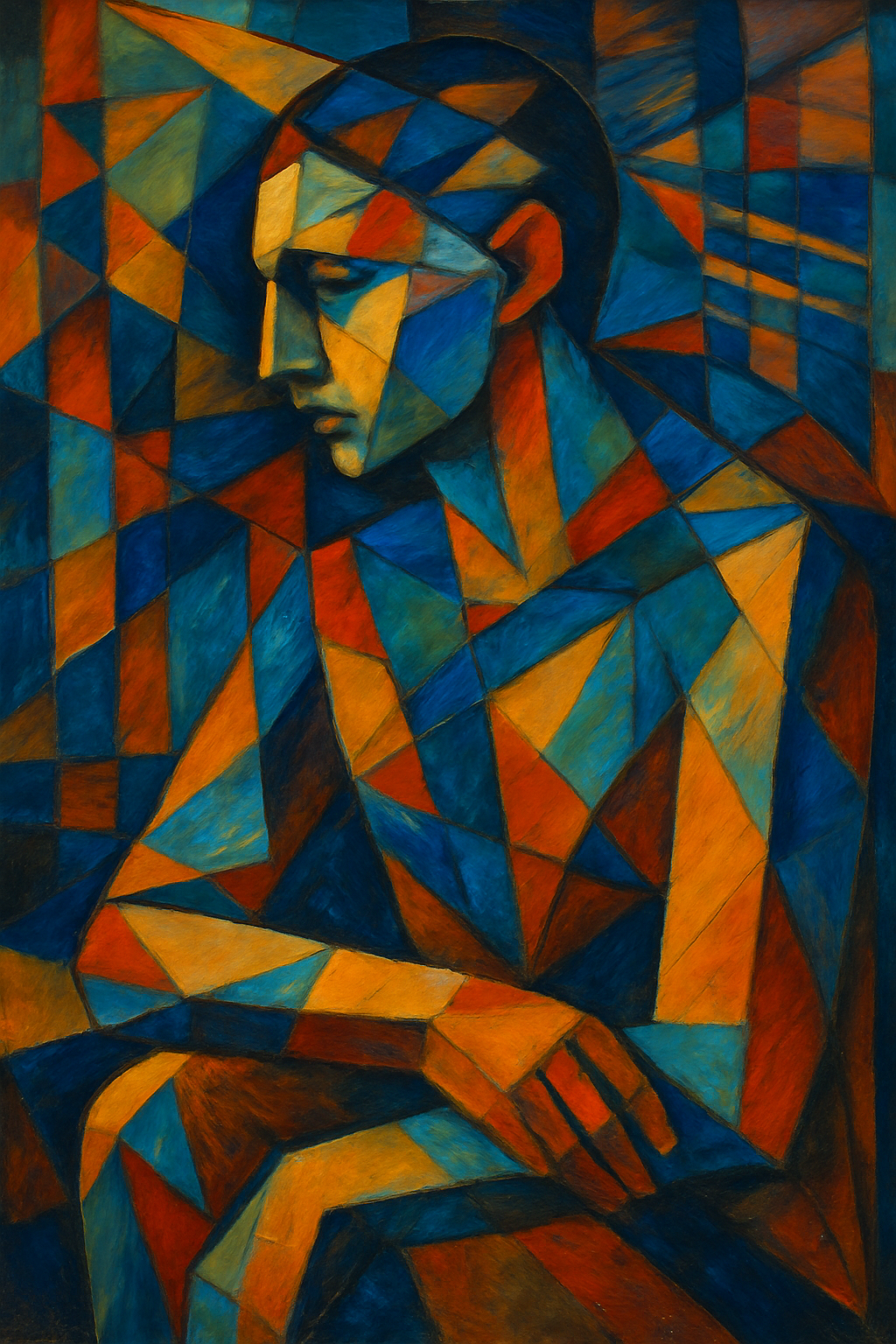
So you want your own GPT. Not just the one everyone else is using. Yours. Tailored. Branded. Possibly with a British accent. Let’s talk about what this actually means — without the jargon, the hype, or the accidental API bill that rivals your rent.
What Is a Custom GPT?
A custom GPT is your own personalized version of OpenAI’s GPT-4 or GPT-3.5-turbo. It’s like having your own Jarvis — but instead of helping you build an Iron Man suit, it might help you sort Excel data, write blog posts, or explain Kubernetes like you’re five.
You set up behaviors, instructions, access to tools, and personality quirks. Want your GPT to act like a pirate who’s also a DevOps engineer? Done. Want it to summarize PDFs and answer with haikus? Weird — but doable.
Official starting point: https://platform.openai.com/docs/guides/gpt
Is It Still Relevant?
Oh absolutely. With everyone and their grandma building chatbots, a custom GPT gives you an edge — whether you’re automating support, building a quirky side project, or just trying to avoid talking to real people. It’s relevant today, and with the rise of AI-native apps, it’ll be even more relevant tomorrow.

Strengths
- Hyper-Personalization: You can tune tone, style, tools, and knowledge.
- Speed to Launch: Set one up in under 10 minutes. Seriously.
- Tool Access: Can browse, code, search files, or even integrate APIs.
- No Coding Required: Unless you want to get nerdy.
Weaknesses
- Still Needs Guardrails: It can hallucinate with confidence.
- Memory’s Experimental: It forgets things unless pinned or designed to remember.
- Limited Distribution: You can share a link, but it’s not quite an “app” yet.
What’s It Used For?
- Internal tools (“GPT Helpdesk”)
- Personalized writing assistants
- Code generation companions
- Study buddies for your law exams
- Therapy GPTs (though please, call a real human too)

Real-Life Example
Let’s say you run a Redbubble store selling surreal art. You could build a custom GPT to:
- Tag new art in your style
- Generate descriptions with SEO in mind
- Write social posts in your brand voice
- Tell customers why your vampire cat painting is deeply philosophical
All from one prompt.
Alternatives
- Claude.ai: Big context window, very gentle personality.
- Mistral: Open weights, good for hackers.
- Grok: If you’re okay with Elon crashing the conversation.
- OpenRouter.ai: Use multiple models, including your own.
Each has tradeoffs in terms of capability, cost, and interpretability. Custom GPTs still win on ease of setup and tool integration.
Who Invented It?
OpenAI. The same folks behind GPT-4, Whisper, and your sudden interest in prompt engineering.

How Popular Is It?
Thousands are being built daily. Everything from GPTs that act like Shakespeare to GPTs that rate cheese. Yes, really.
When was it most popular? Probably… right now. It’s trending like a raccoon in a baby swing.
Tech Stack Compatibility
You can integrate it with:
- Slack
- Zapier
- Notion
- Your custom app via the OpenAI API
It loves REST APIs, JSON, and anything that plays nice with HTTP.
Tools That Work Best With It
- OpenAI Playground: For prompt tuning.
- Replit: For building quick wrappers around your GPT.
- Zapier: Automate tasks.
- Make: For fancier automation.
- Vercel: If you want a frontend with ✨ vibes.
AI Compatibility?
That’s its whole thing. You can chain GPTs together, call APIs, summarize long docs, or even blend it with embeddings for deep personalization.
Want it to search your internal PDFs before answering? Try vector search via Pinecone or Weaviate.
Any Famous Art Featuring Custom GPTs?
Sadly, no portraits of GPTs wearing togas. But I can fix that…
Art Prompt: Angular, geometric distortions fill the canvas, with vibrant interlocking planes of crimson, ochre, and sapphire. A figure sits fragmented in thought, its profile abstracted into layered shapes, each angle revealing a different emotional shade. The background pulses with rhythmic repetition, echoing the analytical energy of early 20th-century abstraction. Bold contours and broken symmetry convey intellect meeting chaos, a cognitive dance of perspectives in perpetual reconstruction. The palette is raw and assertive, with overlapping transparencies and a sense of cubist introspection.

Video Prompt: Start with a rapid zoom into fragmented shapes forming a human face in analytical motion. Let the angles spin and reassemble, colors flashing in rhythm with a synthetic jazz beat. Transitions shift between abstraction and brief, haunting clarity. Add glitch effects as planes overlap like cognitive dissonance — perfect for looping on TikTok with captions like “When your GPT starts answering your existential questions.”
Let’s Wrap This Up (Before My Prompt Memory Resets):
If you’ve made it this far, leave a comment! What would YOUR custom GPT do? Also, smash that follow button like it’s your snooze alarm on a Monday.
And if you’re quietly building your own GPT while pretending to work — same hat, friend. Same hat.